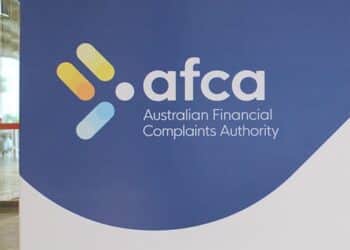With just under four months left until the 1 January education deadline, the CEO of Financial Advice Association Australia (FAAA) has predicted that the profession could shrink by as many as 1,000 advisers.
As laid out by ASIC, financial advisers have until 1 January 2026 to meet the qualification standards in the Corporations Act by either completing an approved or equivalent qualification or by utilising the 10-year experience pathway.
Speaking on a webinar last month, FAAA’s Sarah Abood said the organisation expects a high exit rate.
“At the moment, the number that don’t qualify for either pathway look unreasonably high – over 4,000 – and we don’t think that’s the reality,” Abood said.
“Our estimates are that around 1,000 advisers might be leaving at the end of this year. That’s based partly on data and partly on intention surveys that various providers have done. It’s a guess but it will be a decent dip at the end of this year.”
As at 8 August, ASIC data showed that just 4,493 of the 9,027 advisers eligible for the experience pathway had notified the regulator they intended to utilise the option.
Of those remaining, some 1,944 indicated they wouldn’t be using the pathway, and the remaining 2,590 had yet to respond to ASIC.
“We’re aware there are a number of advisers who are using this as their time to leave the profession, and perhaps they were thinking of retiring anyway, and this has set the deadline,” Abood said.
Speaking to ifa’s sister brand, Money Management, Padua Wealth Data founder Colin Williams said it is difficult to know at this time what the total losses will be at the end of the year, but that “it will be high”.
With a considerable portion of exiting advisers expected to be approaching retirement, Williams suggested this will also mean a “great loss of experience”, which is hard to replace.
“It’s hard to say just how many who have said no or not responded will actually drop out. Many in these groups appear well-qualified, but it’s not possible to say how many have the right qualifications,” he said.
Williams predicted widespread losses across the sector, but said the limited-advice segment, including mostly firms offering restricted SMSF advice, will be hit hardest.
“[With] currently only about 338 still practicing, I expect this segment will all but disappear. Thereafter, it will be evenly spread,” he said.
“On the upside, we are seeing more ‘new entrants’ joining the profession, and there has been a steady stream of advisers who have exited but are finding a way back into advice, and we may see a surge of these advisers recommence their careers in 2026.”




This analysis ignores the intentions of those already qualified are on the register but ecalting regulatory costs such as CSLR levy have them contemplating calling time early of thier careers